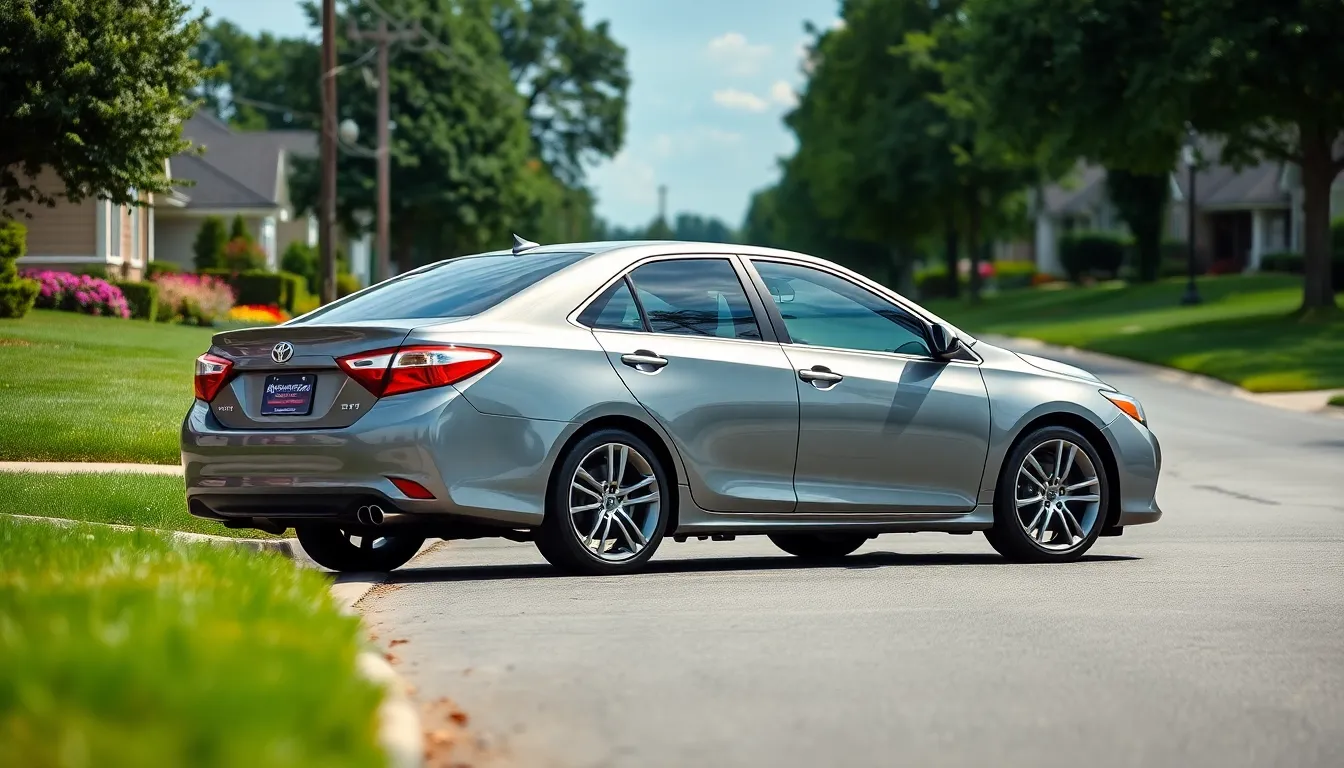Finding the right tire size for your 2014 Toyota Camry isn’t just about safety—it’s about maximizing your vehicle’s performance and getting the most value from your investment. We’ve all been there: standing in the tire shop feeling overwhelmed by numbers and specifications that seem like a foreign language.
Your 2014 Camry came with exact tire dimensions that Toyota engineers carefully selected to deliver optimal fuel efficiency handling and ride comfort. Understanding these specifications empowers you to make informed decisions whether you’re replacing worn tires or considering upgrades for different driving conditions.
We’ll break down everything you need to know about your Camry’s tire requirements including the standard sizes for different trim levels how to read tire sidewall markings and what factors to consider when shopping for replacements. By the end you’ll confidently navigate tire purchases and ensure your Camry continues delivering the reliable performance Toyota built into every model.
2014 Toyota Camry Tire Size Overview
The 2014 Toyota Camry comes equipped with different tire sizes depending on the exact trim level you own. Most base and mid-level trim models feature 215/60R16 tires, while higher-end variants like the SE and XLE trims use 215/55R17 sizing. Hybrid models maintain the same tire dimensions as their gasoline counterparts within each respective trim category.
Understanding these factory specifications helps ensure optimal performance when replacing your tires. Toyota engineers selected these exact dimensions to balance fuel economy, handling characteristics, and ride comfort for each trim level. The 16-inch wheel configuration prioritizes a smoother ride and better fuel efficiency, making it ideal for daily commuting. Conversely, the 17-inch setup provides enhanced handling response and a sportier appearance.
| Trim Level | Tire Size | Wheel Diameter |
|---|---|---|
| L, LE | 215/60R16 | 16 inches |
| SE, XLE | 215/55R17 | 17 inches |
| Hybrid LE | 215/60R16 | 16 inches |
| Hybrid XLE | 215/55R17 | 17 inches |
Each tire size designation contains critical information about width, sidewall height, and wheel compatibility. The first number (215) represents the tire width in millimeters, while the middle number indicates the sidewall height as a percentage of the width. The final number corresponds to the wheel diameter in inches, and the “R” denotes radial construction.
Maintaining the correct tire size ensures your Camry’s speedometer accuracy, anti-lock braking system functionality, and traction control performance remain uncompromised. Deviating from these specifications can affect your vehicle’s handling characteristics and potentially void certain warranty coverage. We recommend consulting your owner’s manual or the tire information placard located on the driver’s side door jamb for confirmation of your exact model’s requirements.
Standard Tire Sizes by Trim Level
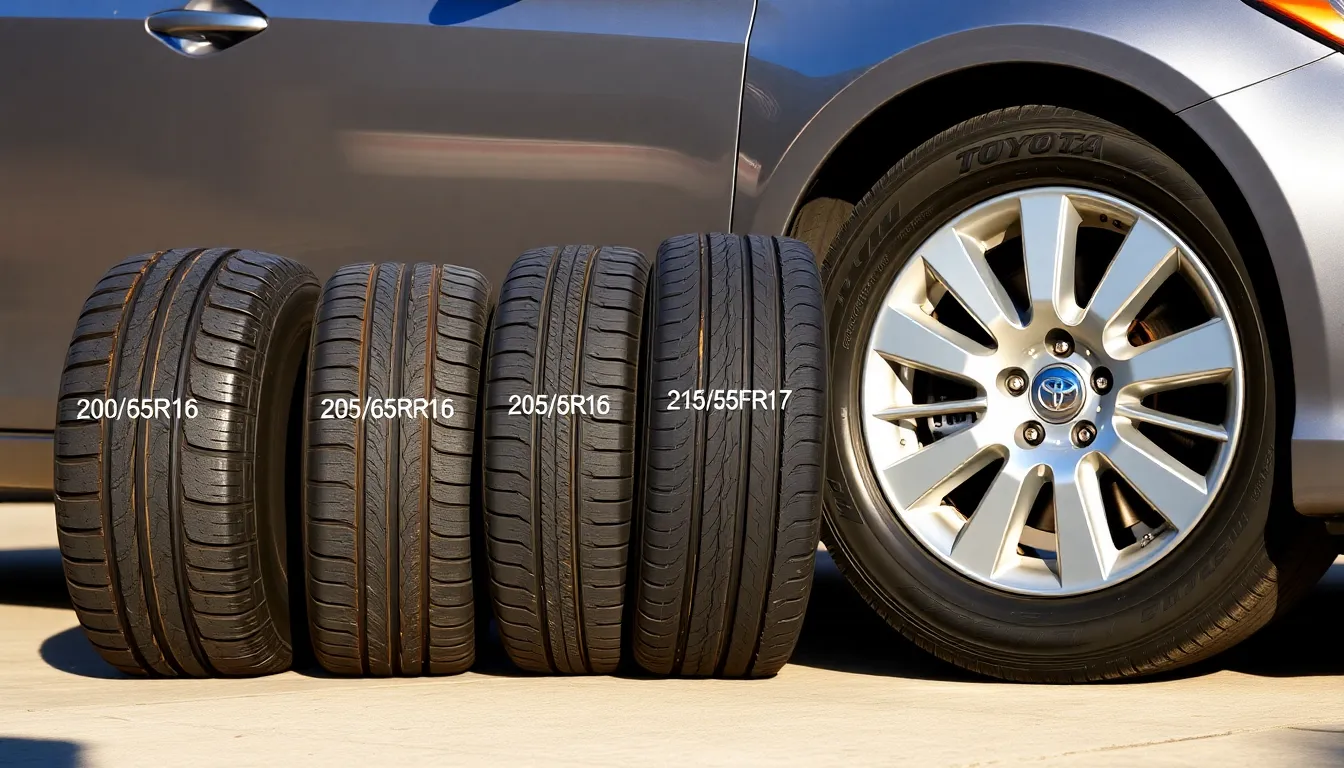
Each 2014 Toyota Camry trim level comes equipped with exact tire dimensions designed to match its performance characteristics. We’ve compiled the exact factory specifications to help you identify the correct tire size for your vehicle.
LE and SE Models
LE trim Camrys feature 205/65R16 tires mounted on 16-inch wheels. Standard equipment includes these dimensions across all LE variants for optimal fuel efficiency and ride comfort.
SE models use larger 215/55R17 tires paired with 17-inch wheels. Performance characteristics improve with these wider tires that enhance handling response and cornering stability.
XLE and XSE Models
XLE represents the highest trim level available for the 2014 Camry model year. Factory specifications include 215/55R17 tires that match the SE trim’s dimensions for consistent performance across premium variants.
XSE trim doesn’t exist in the 2014 Toyota Camry lineup. Buyers often confuse XLE with XSE when researching tire specifications for this model year.
Hybrid Variants
Hybrid LE models maintain the same 205/65R16 tire dimensions as their gasoline counterparts. Fuel efficiency remains the primary focus with these smaller 16-inch wheel configurations.
Hybrid XLE variants come equipped with 215/55R17 tires identical to the standard XLE trim. Weight distribution changes from the hybrid system don’t affect the recommended tire specifications.
| Trim Level | Standard Tire Size |
|---|---|
| L | 205/65R16 |
| LE | 205/65R16 |
| SE | 215/55R17 |
| Hybrid LE | 205/65R16 |
| Hybrid XLE | 215/55R17 |
Verification remains essential before purchasing replacement tires. Check your vehicle’s door jamb sticker or tire sidewall markings to confirm the exact specifications for your exact Camry model.
Understanding Tire Size Numbers
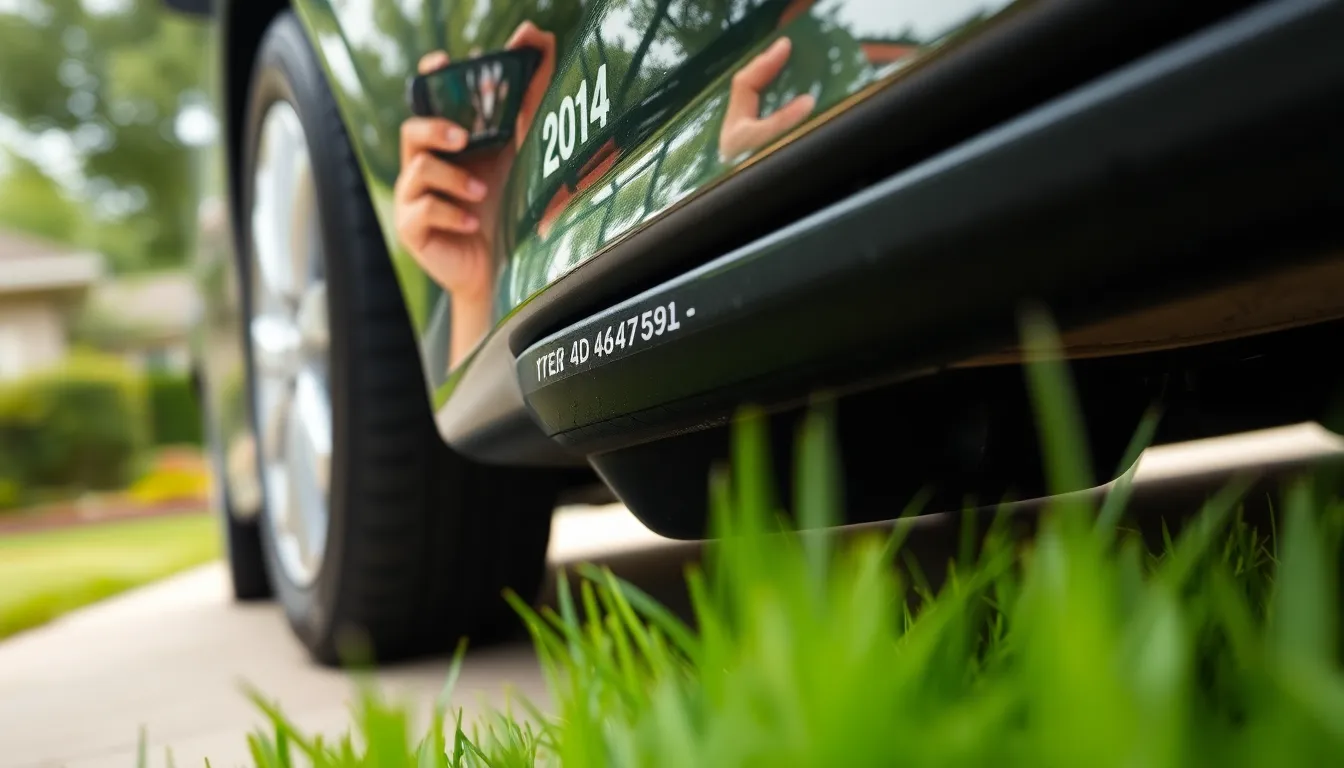
Understanding tire size numbers helps you select the correct replacements for your 2014 Toyota Camry. Each number and letter in the tire designation provides exact information about the tire’s dimensions and construction.
What Each Number Means
The tire size format follows a standardized system that appears on every tire sidewall. Width measurements come first and are expressed in millimeters, such as 205 or 215 in common Camry sizes like 205/65R16 and 215/55R17.
Aspect ratio appears as the second number in the sequence, representing the sidewall height as a percentage of the tire width. A 65 aspect ratio means the sidewall height equals 65% of the tire’s width, while a 55 ratio indicates a lower profile tire with a shorter sidewall.
Construction type follows the aspect ratio, with “R” indicating radial construction used in virtually all modern passenger vehicles. Radial tires feature cord plies that run perpendicular to the direction of travel, providing better fuel economy and handling characteristics.
Rim diameter concludes the size designation and represents the wheel size in inches. Your 2014 Camry uses either 16-inch or 17-inch wheels depending on the trim level, with base models featuring 16-inch wheels and higher trims using 17-inch wheels.
Reading the Tire Sidewall
The tire sidewall contains comprehensive information beyond basic size measurements. Load index numbers appear immediately after the tire size, typically ranging from 93 to 95 for Camry applications, indicating the maximum weight each tire can safely support.
Speed ratings follow the load index using letter codes that specify maximum safe operating speeds. Most 2014 Camry tires feature “V” speed ratings, allowing sustained speeds up to 149 mph under proper conditions.
Manufacturing information includes the DOT code showing production date and facility location. The last four digits indicate the week and year of manufacture, helping you determine tire age when purchasing replacements.
Additional markings specify tire type with “P” designating passenger vehicle tires, while “DOT” confirms Department of Transportation safety compliance. Temperature grades (A, B, or C) and traction ratings (AA, A, B, or C) provide performance classifications for heat resistance and wet weather grip.
OEM vs Aftermarket Tire Options
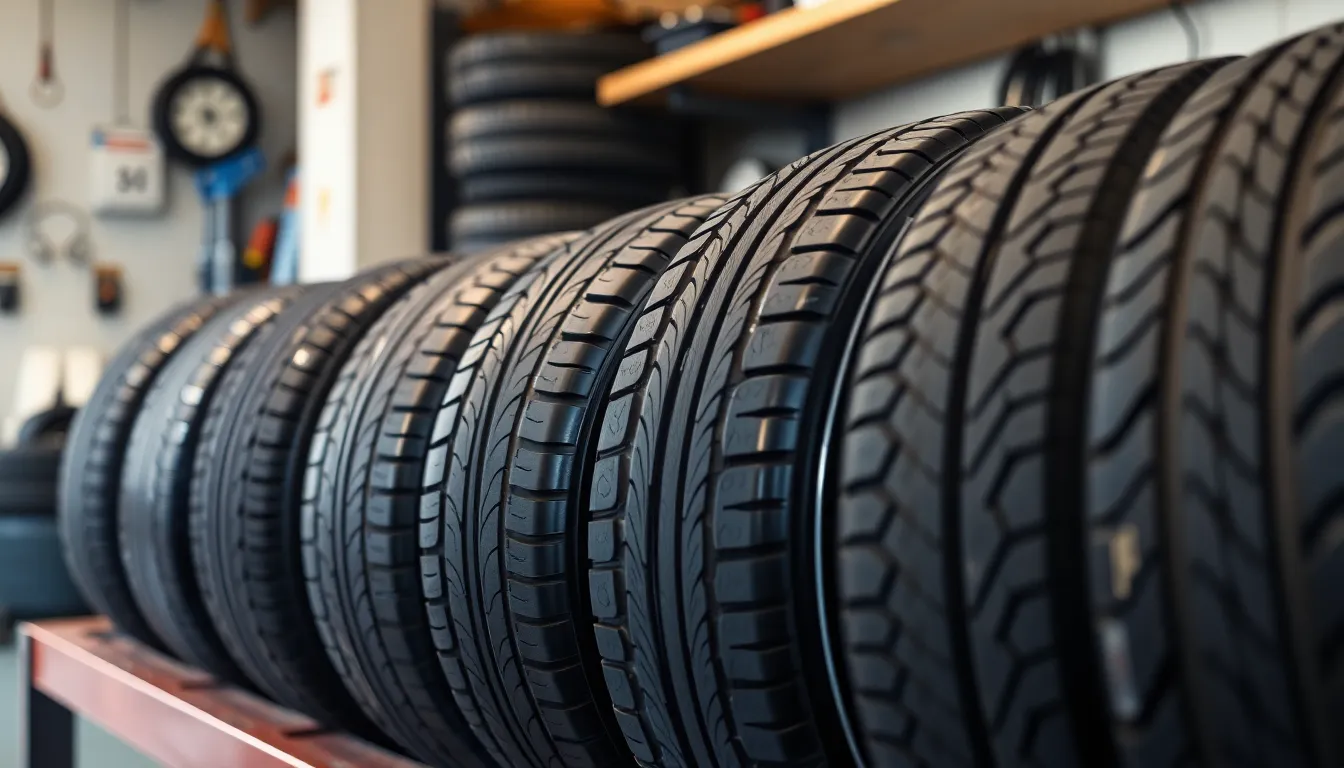
We can choose between original equipment manufacturer tires or aftermarket alternatives when replacing our 2014 Camry’s tires. Both options offer distinct advantages depending on our driving priorities and budget considerations.
Original Equipment Manufacturer Specifications
Toyota engineers selected exact tire dimensions for each 2014 Camry trim level to optimize performance characteristics. L and LE trim models feature 205/65R16 tires that prioritize fuel efficiency and ride comfort. SE trim variants use 215/55R17 sizing for enhanced handling response.
SE Sport and V6 configurations often come equipped with 18-inch wheels, typically mounting 225/45R18 tires or similar dimensions. Additional OEM sizes include 215/60R16, 235/45R18, and 235/40R19 depending on exact trim packages and factory options.
| Trim Level | OEM Tire Size |
|---|---|
| L and LE | 205/65R16 |
| SE | 215/55R17 |
| SE Sport/V6 | 225/45R18 |
| Optional sizes | 215/60R16, 235/45R18, 235/40R19 |
Popular Aftermarket Alternatives
Performance tire categories offer enhanced traction and higher speed ratings for enthusiastic drivers. Michelin Pilot Sport and Goodyear Eagle F1 provide superior grip during aggressive cornering and braking situations.
Touring tires balance comfort with performance characteristics for daily driving needs. Michelin Primacy and Continental ProContact deliver smooth rides while maintaining adequate handling capabilities.
Fuel-efficient tire designs maximize gas mileage through reduced rolling resistance technology. Bridgestone Turanza and Goodyear Assurance models help decrease fuel consumption without significantly compromising performance.
Aftermarket selection requires matching or maintaining compatibility with our vehicle’s OEM specifications to prevent fitment problems. Checking the tire sidewall markings or door jamb specifications confirms proper sizing before purchasing replacements. Reputable manufacturers provide quality assurance and warranty coverage for peace of mind.
Performance Impact of Different Tire Sizes

Different tire sizes create distinct performance characteristics that directly affect your 2014 Camry’s driving experience. The SE trim’s larger 215/55R17 tires provide enhanced handling precision compared to the 205/65R16 tires found on L and LE models.
Fuel Economy Considerations
Smaller 205/65R16 tires deliver superior fuel efficiency due to their reduced weight and lower rolling resistance. These dimensions help maximize the Camry’s EPA ratings by minimizing the energy required to maintain forward motion. Larger 215/55R17 tires increase rolling resistance and overall vehicle weight, creating a modest reduction in fuel economy performance.
Hybrid Camry variants predominantly use the 205/65R16 size specifically to optimize fuel efficiency ratings. The reduced contact patch and lighter construction of these tires complement the hybrid powertrain’s efficiency goals. Upsizing to 18-inch or 19-inch configurations further compromises fuel economy due to increased rotational mass.
Ride Comfort and Handling
Taller sidewalls on 205/65R16 tires absorb road imperfections more effectively than their lower profile counterparts. This characteristic translates to enhanced ride comfort during daily commuting and extended highway driving. The additional sidewall material acts as a natural cushion between the wheel and road surface.
Lower profile 215/55R17 tires deliver improved steering responsiveness and cornering stability through reduced sidewall flex. Their wider contact patch increases grip during aggressive maneuvers and enhances overall handling precision. But, these performance gains come with increased road noise transmission and reduced absorption of pavement irregularities.
Performance oriented drivers benefit from the SE trim’s tire configuration, while comfort focused owners prefer the L and LE setup. Each size represents a calculated balance between sportiness and everyday usability for different driving preferences.
Replacement and Upgrade Guidelines
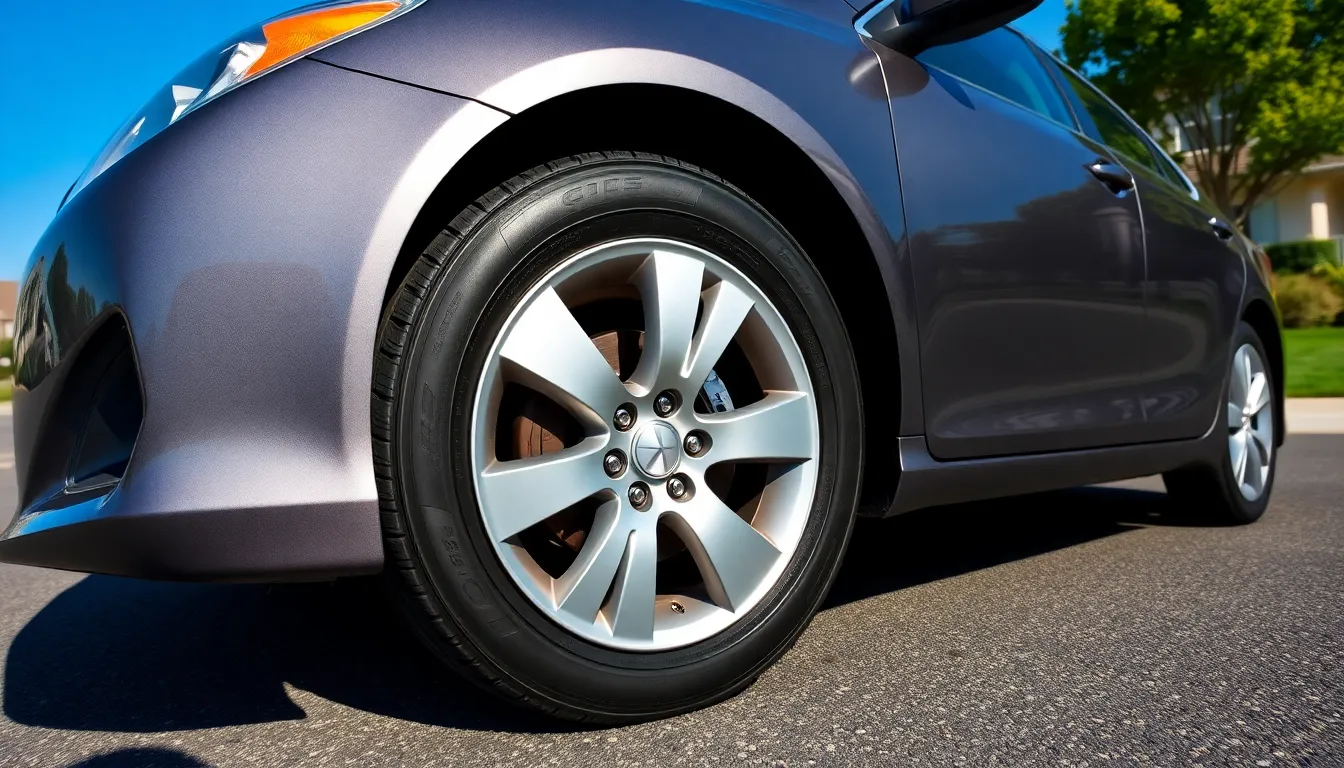
Maintaining proper tire performance requires knowing when to replace worn tires and understanding upgrade options for your 2014 Camry. These decisions directly impact safety, handling characteristics, and overall driving experience.
When to Replace Your Tires
Tires reach replacement time when tread depth measures less than 1/16 of an inch using a tread depth gauge or penny test. Uneven tread wear patterns indicate alignment issues or improper inflation that requires immediate attention. Sidewall cracks develop from age and UV exposure, compromising tire integrity even with adequate tread depth.
Bulges in the tire sidewall signal internal damage that creates dangerous blowout risks during driving. Age becomes a factor after six years regardless of tread condition, as rubber compounds deteriorate over time. Vibrations while driving often indicate tire damage or wear that wasn’t visible during visual inspection.
Professional inspection reveals hidden damage that casual observation might miss, particularly after hitting potholes or curbs. Seasonal tire changes provide excellent opportunities for thorough wear assessment and early problem detection.
Plus Sizing Options
Plus one sizing increases wheel diameter by one inch while reducing sidewall height by 10%, transforming 16-inch wheels to 17-inch configurations. This modification enhances steering response and cornering precision for drivers seeking improved handling characteristics. Plus two sizing expands wheel diameter by two inches with a 20% sidewall reduction, creating more dramatic performance improvements.
SE trim owners already using 215/55R17 tires can upgrade to 235/45R18 configurations for enhanced road contact and sportier appearance. Advanced enthusiasts might consider 235/40R19 sizing for maximum performance benefits, though ride comfort decreases with lower sidewall profiles.
Clearance verification prevents rubbing issues between tires and wheel wells during full steering lock or suspension compression. Professional consultation ensures proper load ratings and speed ratings match your driving requirements. Wheel offset and backspacing measurements must align with original specifications to maintain proper suspension geometry.
Performance gains from plus sizing include improved brake cooling, reduced sidewall flex during cornering, and enhanced aesthetic appeal with larger wheel presence.
Cost Analysis and Budget Considerations
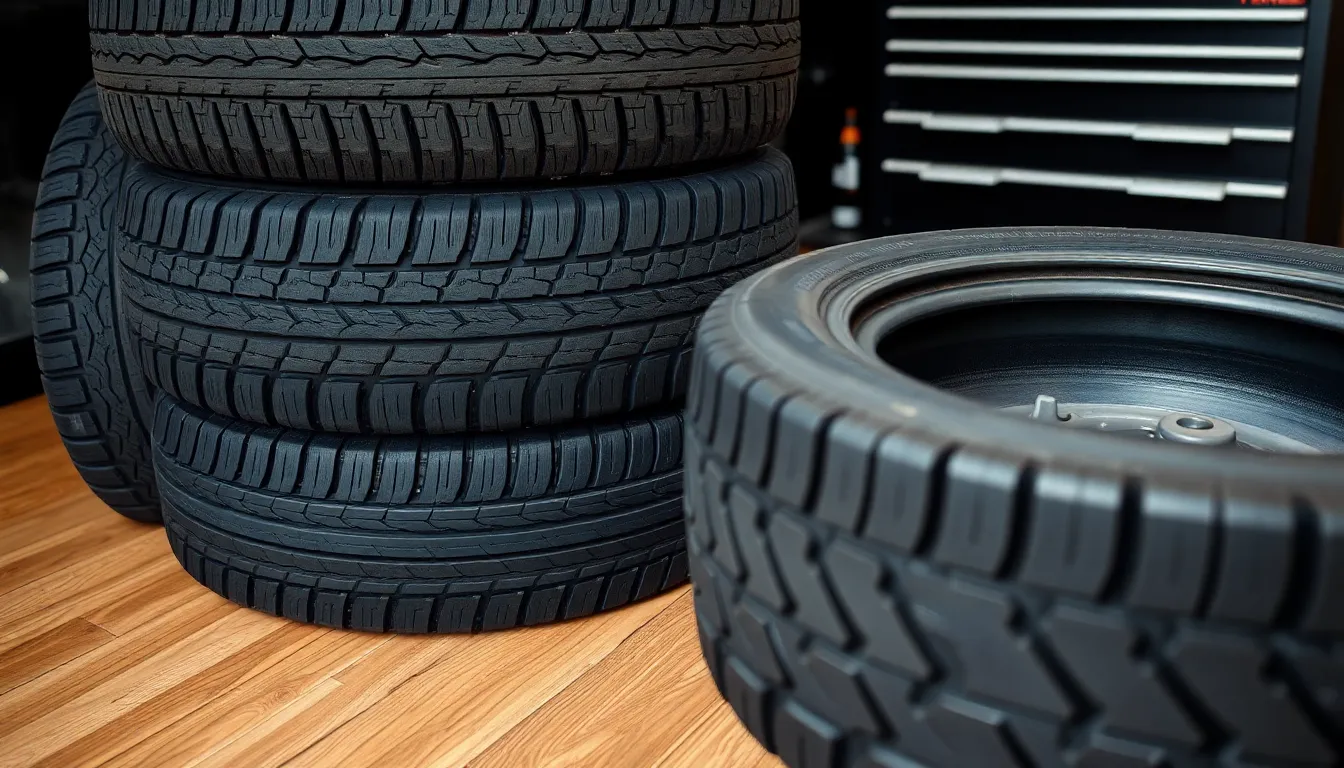
Tire replacement costs for the 2014 Toyota Camry vary significantly based on size and brand selection. We observe that 205/65R16 tires typically range from $80 to $200 per tire while 215/55R17 options cost between $100 to $250 each. Premium brands like Michelin and Bridgestone command higher prices compared to budget alternatives such as Kelly tires.
Brand selection directly impacts our overall investment in tire replacement. Budget conscious drivers can expect to pay $320 to $600 for a complete set of four standard 205/65R16 tires. Performance oriented buyers selecting 215/55R17 tires face costs ranging from $400 to $1000 for premium options.
Tire Size Cost Comparison
| Tire Size | Budget Range | Mid-Range | Premium Range |
|---|---|---|---|
| 205/65R16 | $80-$120 | $120-$160 | $160-$200 |
| 215/55R17 | $100-$140 | $140-$190 | $190-$250 |
| 215/60R16 | $90-$130 | $130-$170 | $170-$220 |
Retailers frequently offer promotional deals that reduce our total expenses significantly. Buy three get one free promotions can decrease costs by 25% when purchasing complete sets. Seasonal sales events during spring and fall often feature discounts ranging from 15% to 30% off regular pricing.
Standard tire sizes like 205/65R16 and 215/55R17 provide the most cost effective replacement options. Mid range brands such as Cooper and Continental deliver quality performance at prices typically 20% to 30% lower than premium alternatives. These brands offer warranties comparable to premium options while maintaining safety standards required for daily driving.
Installation costs add $20 to $50 per tire at most service centers. We recommend budgeting an additional $100 to $150 for mounting balancing and disposal fees when replacing all four tires. Some retailers include basic installation services in tire purchase packages reducing our overall expenses.
Used tire options exist for extremely budget conscious buyers though we advise caution with this approach. Refurbished tires may lack warranties and performance guarantees provided with new tire purchases. Safety considerations make new tire investment the preferred choice for reliable daily transportation.
Conclusion
Getting the right tire size for your 2014 Toyota Camry isn’t just about following specifications—it’s about maximizing your vehicle’s potential. Whether you’re sticking with the standard 205/65R16 for fuel efficiency or upgrading to 215/55R17 for enhanced performance we’ve covered everything you need to make an well-informed choice.
Remember that your Camry’s tire size directly impacts safety handling and overall driving experience. From understanding sidewall markings to exploring plus sizing options you now have the knowledge to choose tires that match your driving style and budget.
Don’t overlook the importance of professional installation and regular tire maintenance. With proper care and the right tire choice your 2014 Camry will continue delivering the reliable performance Toyota designed it for.
Frequently Asked Questions
What tire size does a 2014 Toyota Camry use?
The 2014 Toyota Camry uses different tire sizes depending on the trim level. Base and mid-level trims (L and LE) feature 205/65R16 tires, while higher-end variants like SE and XLE trims use 215/55R17 tires. Hybrid models maintain the same tire dimensions as their gasoline counterparts. Some SE Sport/V6 configurations may come with 225/45R18 tires.
How do I know when to replace my Camry’s tires?
Replace your tires when the tread depth is less than 1/16 of an inch. Look for signs of wear including uneven tread patterns, sidewall cracks, bulges, or visible wear indicators. Additionally, if your tires are older than six years regardless of tread depth, consider replacement for safety reasons.
Can I use different tire sizes on my 2014 Camry?
While aftermarket options exist, it’s crucial to match OEM specifications to maintain proper vehicle performance. Deviating from factory tire sizes can negatively impact speedometer accuracy, anti-lock braking system functionality, traction control performance, and may void warranty coverage. Always consult your owner’s manual or door jamb sticker before changing sizes.
What’s the difference between 205/65R16 and 215/55R17 tires?
The 205/65R16 tires offer better fuel efficiency, lower cost, and enhanced ride comfort due to taller sidewalls that absorb road imperfections. The 215/55R17 tires provide improved handling precision, better steering responsiveness, and enhanced cornering stability, but may slightly reduce fuel economy and ride comfort.
How much does it cost to replace tires on a 2014 Camry?
Tire replacement costs vary by size and brand. For standard 205/65R16 or 215/55R17 tires, expect to pay $320-$600 for a complete set of budget to mid-range tires. Premium performance options can range from $400-$1000. Installation typically adds $20-$50 per tire, and seasonal sales can offer significant savings.
Where can I find my Camry’s tire specifications?
Check three locations for tire specifications: your owner’s manual, the tire information placard on the driver’s side door jamb, or the current tire sidewall markings. These sources will confirm the correct tire size, load index, and speed rating for your specific trim level and year.
Are OEM tires better than aftermarket options?
OEM tires are specifically designed to optimize performance for each trim level, ensuring proper balance of fuel efficiency, handling, and comfort. Quality aftermarket alternatives can offer similar performance and may provide specialized benefits like enhanced traction or fuel efficiency. Choose reputable manufacturers and ensure specifications match OEM requirements for best results.

